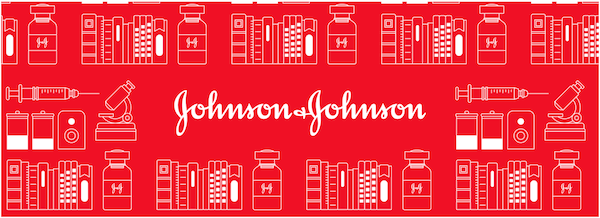Sign up for our free daily newsletter
Get the latest news and some fun stuff
in your inbox every day
Get the latest news and some fun stuff
in your inbox every day
Yesterday Paul wrote about JP Morgan, pointing out that it has been a bit of a boring investment lately. Today, I'm covering Johnson and Johnson (J&J), which is another slightly boring company. The reason that the organisation doesn't often produce fireworks is because it is very large, and effectively three companies in one. It is great for diversification but gains in one division can be offset by losses in another. J&J has a market value of $350 billion and generates revenues of $20.6 billion a quarter, and $5.6 billion in profits.
The three main divisions are Pharmaceutical, Consumer, and Medical Devices, which cover all the main areas of healthcare products. One of our investment themes at Vestact is to invest in the healthcare sector because globally populations are living longer and have more money. This translates into spending more money to ensure a healthy standard of living in old age. In this set of results pharma sales exceeded expectations. Sales of Darzalex for multiple myeloma (blood cancer) were strong.
The current risk hanging over JNJ is that of class action litigation. Currently they have two active concerns, one being the allegation that their talcum powder causes cancer, and the other that they (along with many other pharma companies) sold addictive opioid painkillers for too long, before they were withdrawn in the US. When asked about these risks, Joseph Wolk the J&J CFO, said that these cases are being driven by opportunistic personal injury lawyers. The company is confident that they haven't done anything wrong, so they have put aside money to pay for legal fees and only modest settlements. Remember that accounting principles require companies to provide for appropriately for future expenses. For the first six months of 2019, they spent $832 million on defending themselves in these court battles.

Overall, I like having a few boring companies in my portfolio. They are less volatile and generally pay better dividends. In the case of J&J, their core businesses should continue to grow with the increased need for healthcare, the dividend will continue to grow and by extension the share price will rise too. In the second quarter, they spent $2.7 billion on research and development costs, higher than the $2.5 billion spent on dividends and the $2 billion spent on share buy-backs. That sounds about right for an order of priorities?
Given the composition of J&J and the litigation risk, the stock is probably not going to soar like an Amazon. It will pay a very healthy dividend though and outperform during bear markets. Goldman Sachs forecasts that the share price still has 24% growth potential over the next 12-months.